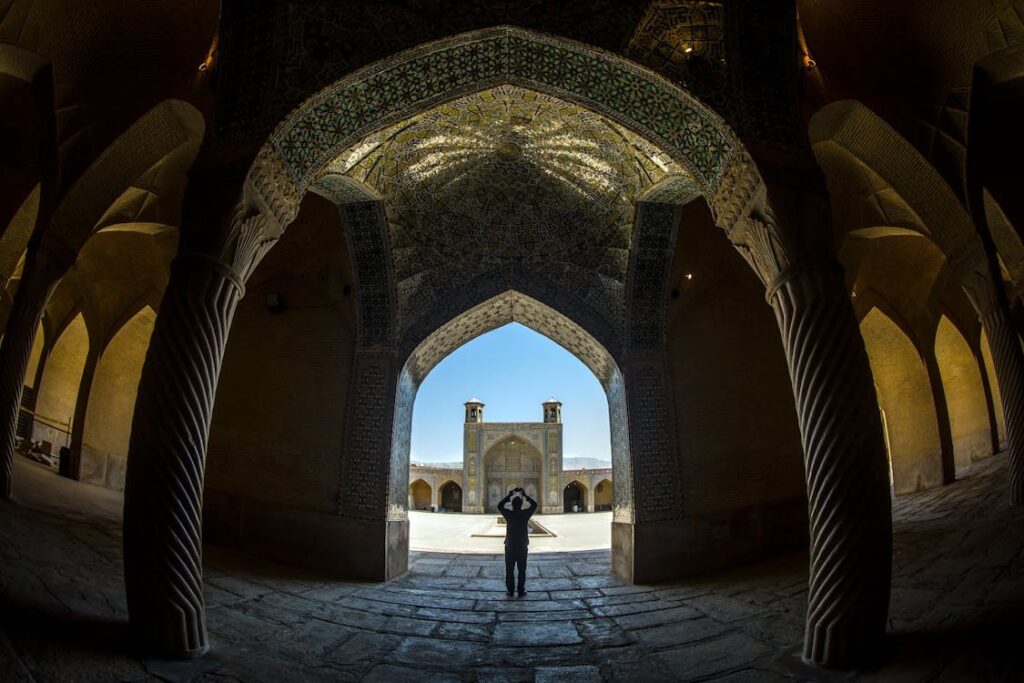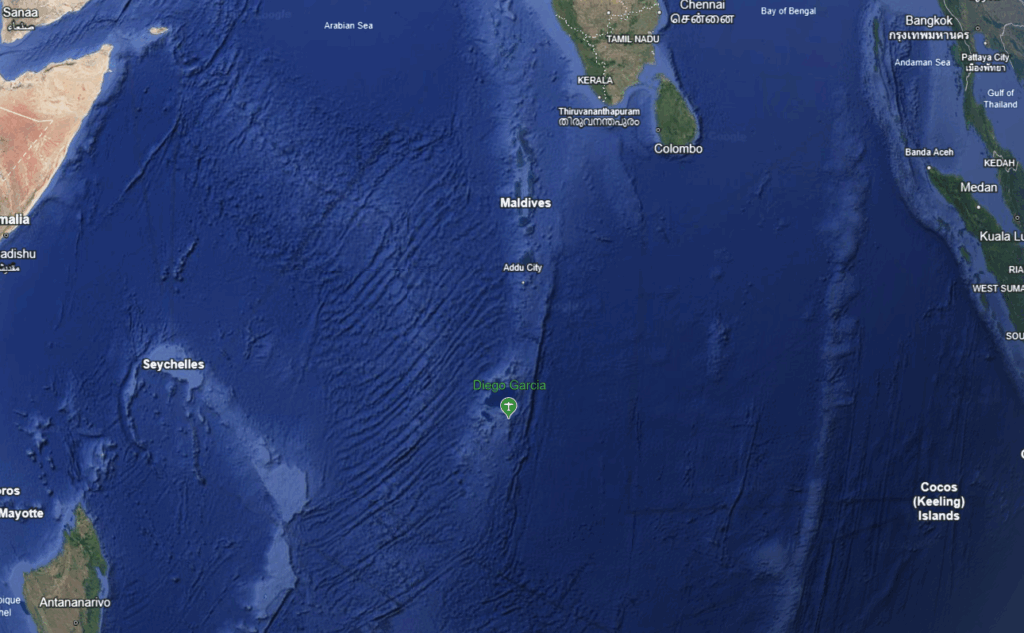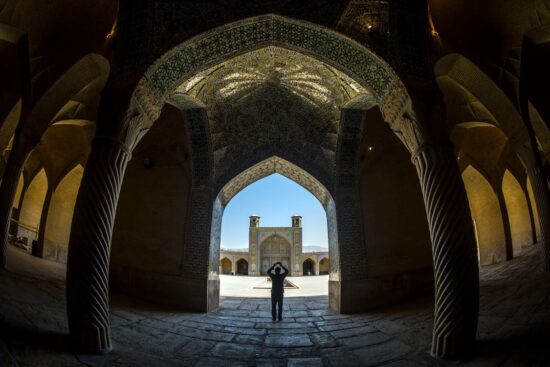Uncertainty Over Nuclear Deal in Iran
Tensions between the United States and Iran have resurfaced following attempts at negotiations surrounding the Islamic Republic’s nuclear program. With uncertainty over the outcome of said talks, both the United States and Iran have readied their armed forces for potential conflict.

Key Points
- Outcome of the ongoing negotiations between the United States and Iran concerning the latter’s nuclear program remains uncertain.
- A 60-day deadline was set to reach an agreement.
- Regional tensions remain high despite progress in negotiations.
Background
Iran has conducted undeclared nuclear research since 2002. It possesses nuclear research facilities, uranium mines, a reactor, and three enrichment plants. In 2011, it developed nuclear power with Russia assistance.

Figure 1: Known Iranian nuclear sites
The 2015 Joint Comprehensive Plan of Action was an attempt to assuage fears of Iran acquiring nuclear weapons. In exchange for reduced sanctions, Iran accepted the presence of inspectors to ensure that it did not develop nuclear weapons. The accord was terminated in 2018. The second Trump administration now seeks a new deal.
Efforts at Diplomacy
On March 7th, Trump announced on Fox News that a letter had been sent to Ayatollah Khamenei two days prior. The contents of the letter delivered by Special Envoy Steve Witkoff to a UAE emissary are not public, though several media outlets claimed that it included a two-month deadline to reach a new agreement. Failure to respect the deadline would result in military retaliation.
Iran’s response stated that it would be open to indirect talks while rejecting direct negotiations and criticizing the “maximum pressure” approach of the U.S. Five days later, Khamenei posted on X that he would not allow “the Islamic world to be blackmailed by the US and the likes of them.”
Iranian officials reaffirmed their openness to indirect negotiations on April 6th. Witkoff and Iranian Foreign Minister Abbas Araghchi met for negotiations in Muscat on Saturday, April 12th. They met in person following negotiations, which had been carried out by Omani intermediaries relaying messages between the two state officials. Araghchi called the talks “constructive.” No final agreement was reached during these talks, nor during the second round of talks in Rome on April 19th, though there was discussion of an interim deal.
The terms for such an agreement remain unclear. Witkoff first indicated that the U.S. would accept Iranian uranium enrichment for civilian uses before stating the following day that Iran “must stop and eliminate” its nuclear enrichment and weaponization program. Secretary of State Marco Rubio later affirmed that Iran would be required to forgo enrichment of their own nuclear material, which Iranian officials have posed as unacceptable. Another point of reported disagreement concerns restrictions on Iran’s missile program, which has been called non-negotiable by Iranian sources. Araghchi has stated that a deal before the 60-day deadline may not be possible, and that Iran remains “extremely cautious.”
On April 26th, technical experts met in a third round of talks to discuss the point to which enrichment will be acceptable and the specifics of monitoring efforts. The technical talks scheduled for May 3rd were postponed.
At his meeting with Israeli Prime Minister Netanyahu days before the first round of negotiations, Donald Trump reaffirmed that Iran can never be allowed to obtain nuclear weapons. Netanyahu commented that “If [denuclearization] can be done diplomatically in a full way the way that it was done in Libya… [it] would be a good thing… we have to make sure that Iran does not have nuclear weapons.” Libyan leader Muhammar Gaddafi agreed to total nuclear disarmament in 2003.
Military Presence
On January 13th, U.S. intelligence presented a dossier to Joe Biden claiming that Israel would execute strikes on Iran’s nuclear facilities sometime in mid-2025 after seeking U.S. approval. Roughly a week later, U.S. intelligence presented a similar dossier to Donald Trump.
On March 21st, The U.S. sent the U.S.S. Carl Vinson aircraft carrier and its escorts to the Red Sea. This is the second carrier sent to the Middle East, as the U.S.S. Harry S. Truman is already operating there to fight against the Iran-backed Houthi group. Defense Secretary Pete Hegseth ordered the vessel to extend its deployment by a month following amidst the current context. The same day, Khamenei threatened “a severe blow” in response to “malicious act[s] against Iran” on X. Ten days later, he threatened “reciprocal blows” for any attack on Iran.
Private satellite images detected six B2 bombers on Diego Garcia Island, within bombing-range of Iran’s nuclear sites in late March. An Ohio-Class Nuclear-Powered Cruise Missile Submarine (possibly the U.S.S. Georgia) was later seen docked at the base. The Pentagon confirmed the presence of B2 bombers on the island roughly three weeks later. Access to this island is restricted to DoD civilian employees and Active-Duty military.

Figure 2: Diego Garcia Military Base is located roughly 2,800 miles from the closest Iranian nuclear site, within range of B2 bombers given they receive a midair refueling
Director of National Intelligence Tulsi Gabbard indicated on March 25th that Iran would face was “not building a nuclear weapon.” Since late March, OSINT professionals have documented at least 120 military logistics flights from the U.S. and its military bases to the Middle East, including C-17s, C-5s, C-130s, KC-135s, and KC-46s. F35s are also believed to be in-range of Iranian targets.
The Islamic Revolutionary Guard Corps Aerospace Forces remain on high alert and the United States military continues to combat the Houthis in Yemen, who were designated as a Foreign Terrorist Organization (FTO) on March 4th. For the moment, the American President has discouraged Israeli strikes on Iranian nuclear facilities.
When traveling to the Middle East, please take into consideration this evolving situation. The U.S. Department of State discourages all travel to Iran. In a wartime scenario, neighboring countries would present a high risk to travelers. Global Strategies Inc. provides a variety of protective services for travelers and business executives. Please visit the “services” tab on our website to learn more or contact one of our local offices.

